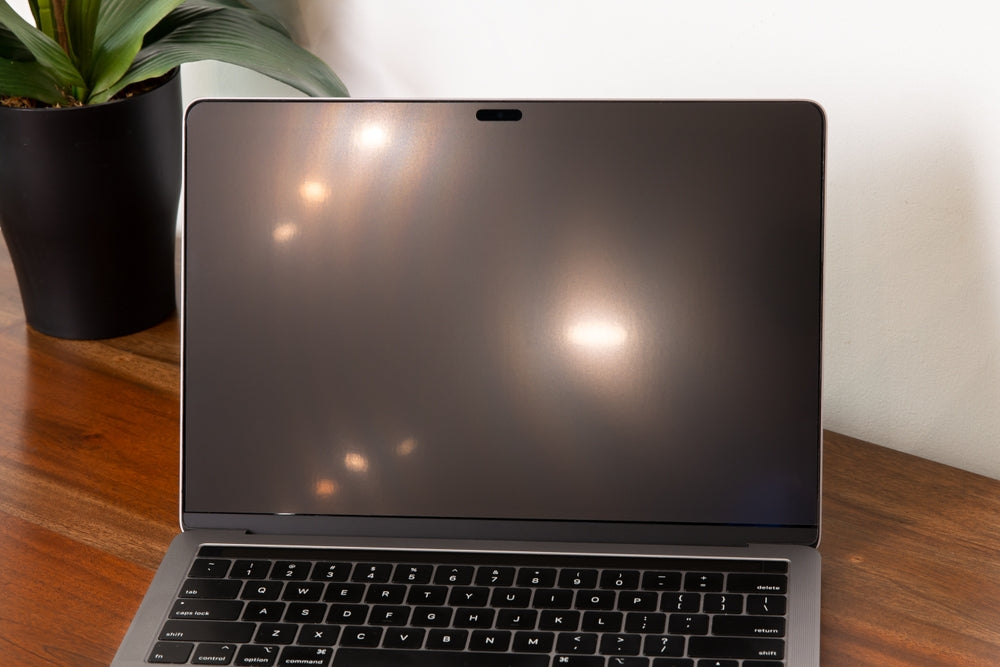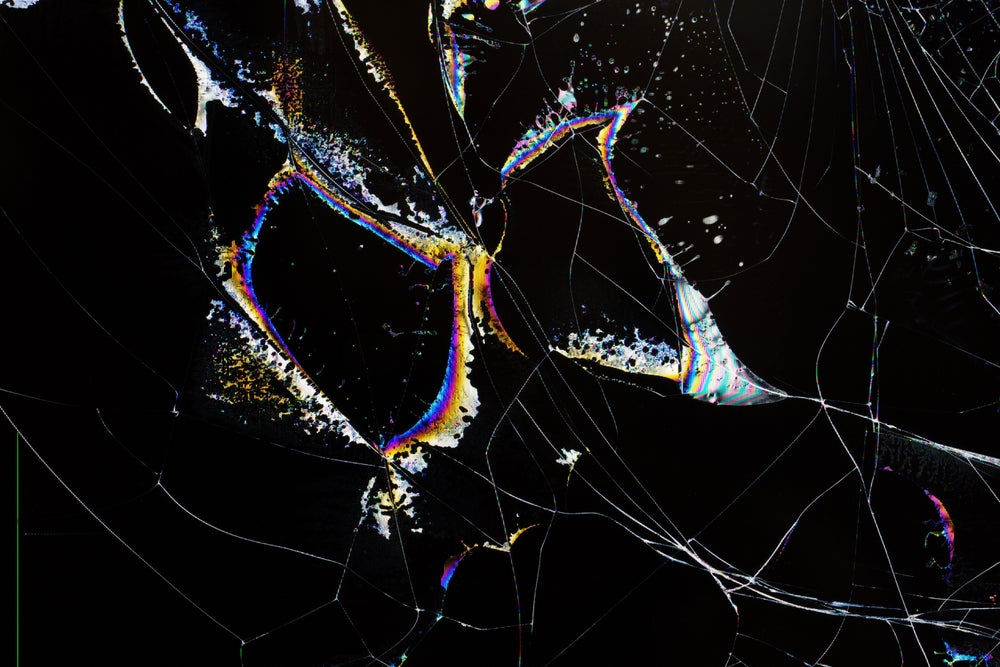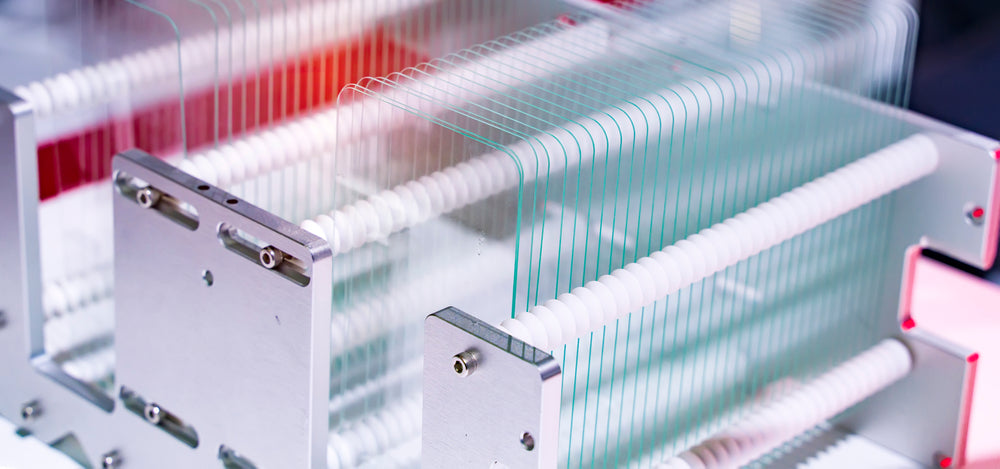
The glass substrate of an LCD (Liquid Crystal Display) is made from aluminosilicate and other components. It is an electronic-grade material that needs to have low alkalinity, high flatness, high-temperature resistance, and a low coefficient of thermal expansion.
Display glass can be categorized based on its alkali content into alkali glass, low-alkali glass, and alkali-free glass. Different compositions result in varying material characteristics such as softening point, thermal expansion rate, and density.
Glass Substrate PropertiesGlass Substrate Properties
| Property | Alkali Glass | Low-Alkali Glass | Alkali-Free Glass |
|---|---|---|---|
| Alkali Content % | 13.5 | 7 | 0 |
| Softening Point (°C) | 510 | 535 | 593-667 |
| Thermal Expansion Rate (x 10^-7/K) | 85 @ 50~350℃ | 51 @ 50~385℃ | 37-48 @ 0~380℃ |
| Density (g/cm³) | 2.49 | 2.36 | 2.49-2.78 |
| Production Method | Float Method | Float Method, Stretch Method | Fusion Method, Stretch Method |
| Applications | TN, STN | STN | TFT |
Alkali Glass: This type has the highest alkali content (13.5%) and a relatively lower softening point (510°C). Its thermal expansion rate is 85 x 10^-7/K at 50~350°C, and its density is 2.49 g/cm³. Alkali glass is typically produced using the float method and is used for TN and STN displays.
Low-Alkali Glass: This glass contains 7.0% alkali, with a softening point of 535°C. Its thermal expansion rate is 51 x 10^-7/K at 50~385°C, and it has a density of 2.36 g/cm³. Low-alkali glass can be produced using both the float and stretch methods and is primarily used for STN displays.
Alkali-Free Glass: With no alkali content, this glass has the highest softening point range (593-667°C) and the lowest thermal expansion rate (3748 x 10^-7/K at 0380°C). Its density ranges from 2.49 to 2.78 g/cm³. Alkali-free glass is manufactured using the fusion and stretch methods and is used in TFT displays.
더 읽기

Polarizers without any surface treatment are usually called clear polarizers. Typically, the lower polarizer (attached to the array substrate) of a display is a clear polarizer. However, the upper...

Liquid crystals (LC) are a special state of matter that exists between isotropic liquids and solid crystals. Within a specific temperature range, they exhibit the birefringence typical of anisotro...



댓글 남기기
이 사이트는 hCaptcha에 의해 보호되며, hCaptcha의 개인 정보 보호 정책 과 서비스 약관 이 적용됩니다.